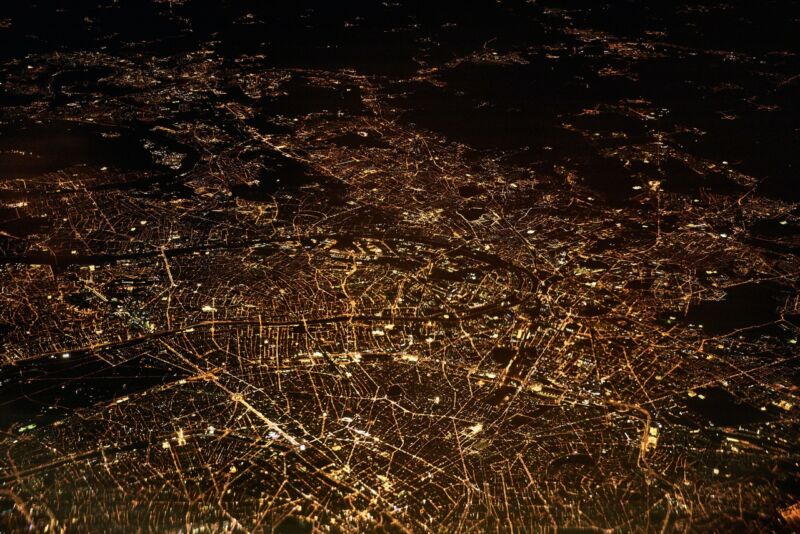Why trends in data centre location and scale make Combined Heat and Power (CHP) designs a viable option for grid level GHG abatement..
For the first time in decades the year 2021 saw energy market volatility become a political issue. Soaring natural gas prices across the world and especially in Europe brought home to consumers and businesses just how fragile energy supplies can become. When rising demand meets supply shortages, price spikes show how quickly things can change.
Energy supply concerns are nothing new in the data centre space. Supply, and the type of supply often dictates location choices. Territories with high reliance on coal for power tend to be less attractive. The carbon cost is simply too high.
In the afterglow of November 2021’s UN COP26 climate change conference in Glasgow, power generators and grid operators are highlighting their commitments to clean energy and grid decarbonisation. But as with data centre operators, their primary function is to keep the power on.
The UK’s grid operator, National Grid has committed to reducing direct greenhouse gas emissions to net zero by 2050 and to reaching a 70% reduction in greenhouse gas emissions by 2030 from a 1990 baseline. Supplier SSE has highlighted co-generation, micro-grid systems with discrete geographic footprints, smart grid development, reserve power capability and renewable power sources as among its priorities.
The context of this is coal-fuelled electrical generation. According to www.carbonbrief.org’smap of the world’s coal power plants, 268GW has closed due to a wave of retirements across the EU and US. 213GW is already set to retire and 19 of the world’s 80 coal-powered countries plan a complete phaseout of the fuel, including the UK and Germany.
The goal is to find production of reliable clean energy using existing resources mixed with renewable energy, together with improved energy distribution and usage efficiencies. Sustainable energy is defined as a dynamic harmony between the equitable availability of energy-intensive goods and services.
So, it is clear decarbonisation is not simply a task for the suppliers it is also a data centre operator’s responsibility. To achieve the goal of sustainable energy data centre designs requires “dynamic harmony” between different systems.
CHP (Combined Heat and Power) design is one approach that can provide more efficient operations while helping the energy sector decarbonise its infrastructure and supply.
Demand, demand, demand
Harmony is needed because demand for data centres is only increasing.
The CBRE Q1 report for the Europe forecasted new supply of 399MW in the FLAP markets in 2021. In Germany Google says it will spend €1 billion on data centres and renewable power in this decade. As demand grows, JLL reports that “the data center industry is feeling the heat to use more efficient systems, renewable energy, and carbon-cutting practices.”
Data centre construction is being pushed by planners into availability zones. Enterprises, hyperscalers and large commercial operators are moving towards campuses and parks for new data centre builds. Here is where scale can make a meaningful contribution to sustainability through integration with district heating infrastructure, microgrids and local renewable energy sources.
Note also that JLL’s latest Sustainable Real Estate survey of over 550 corporate real estate leaders found 7 in 10 occupiers are willing to pay a rental premium to lease green buildings in the future.
Power and CHP
For data centres, onsite power generation and microgrid power generation is undoubtedly the way of the future. Mega data centre campuses and technology centres cannot continue to solely rely on utility power. Designers need to consider alternatives. An approach is needed which includes an energy balance audit which details how power at the site is generated and used, together with how the waste heat harvested on-site is re-used.
It is time to evaluate the benefits and advantages of CHP designs.
CHP can deliver sustainable response to user demand while relieving the grid (in capacity and carbon terms), not adding to but actually reducing marginal emissions, helping shift from dirty fuels and enabling local micro grid development. In heat harvesting terms, CHP plants can provide high grade heat for domestic and commercial use.
Historically there has been a reluctance in the data centre industry to install combined heat and power plant. This has been partly due to an emphasis on short payback periods. Data centres prefer three-year payback periods which was half that of typical CHP deployments. But this situation might be changing rapidly as energy price volatility and how the dollar value of sustainability is defined by governments, customers and investors.
The sustainability case for CHP designs is already strong. This and the rapidly changing economics of the energy markets may combine to make CHP a more financially attractive data centre design.
Author: Ed Ansett, Chairman at i3 Solutions Group




